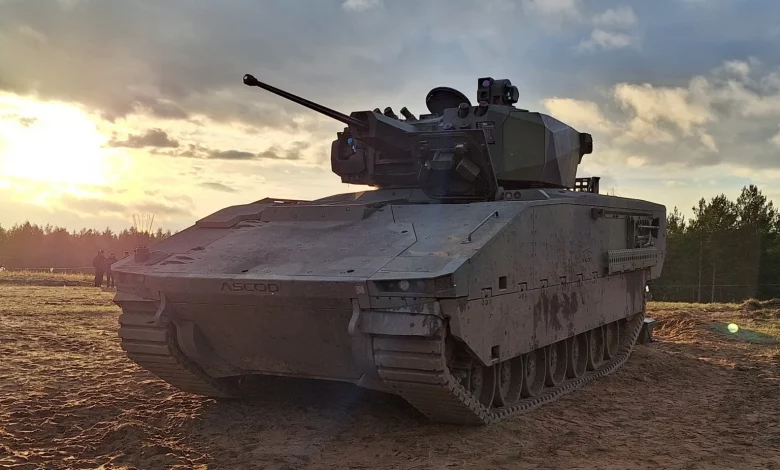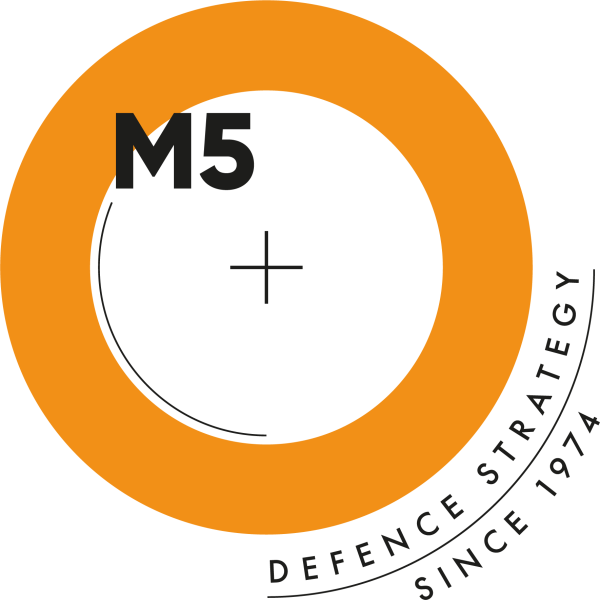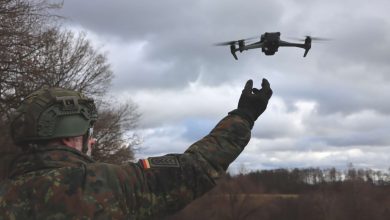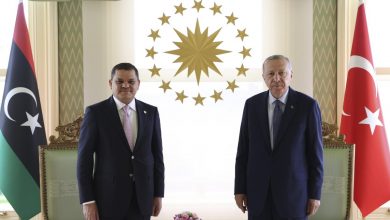Latvia signs deal for 42 HUNTER fighting vehicles

The Latvian Ministry of Defense has signed a contract for 42 additional HUNTER infantry fighting vehicles, reinforcing the country’s partnership with General Dynamics European Land Systems (GDELS).
The €387 million ($453 million) agreement, including VAT, was formally concluded during a signing event where the latest iteration of the ASCOD platform was officially named HUNTER. According to Latvian officials, the vehicle has become a key component in the country’s defense strategy, providing advanced capability and mobility for the National Armed Forces.
The HUNTER has undergone extensive testing along NATO’s eastern flank, demonstrating reliable performance under varied combat conditions. The Ministry said the vehicle’s selection followed a competitive in-country evaluation process and that it met both operational and logistical standards required by Latvian ground forces.
“The decision reaffirms our confidence in the ASCOD platform and its role in strengthening our national and allied defense posture,” the Latvian Ministry of Defence said in a statement. GDELS was awarded the contract based on the vehicle’s performance, adaptability, and readiness for integration into NATO force structures.
Latvia’s investment is seen as more than a domestic procurement. Defense officials in Riga view the HUNTER as a foundation for broader European collaboration in armored vehicle programs. The platform’s modular design, shared logistics footprint, and interoperability potential make it a candidate for multinational acquisition frameworks across EU and NATO states.
GDELS has committed to supporting localized production and long-term cooperation with Latvian industry. According to the company, this approach not only ensures operational availability but also delivers lasting economic benefits through job creation and industrial participation.
In a statement, GDELS said the HUNTER’s production plan “aligns with the needs of European defense, supporting both sovereign capability and multinational integration efforts.” The company has described the ASCOD family, of which HUNTER is the latest evolution, as a combat-tested platform with battlefield flexibility and growth capacity for future upgrades.
With NATO continuing to emphasize interoperability, rapid fielding timelines, and industrial cohesion, the HUNTER vehicle is positioned to support alliance force goals while reducing operational fragmentation among member states.
Latvia’s choice to expand its ASCOD fleet comes amid heightened regional tensions and a renewed push for armored deterrence capabilities in Eastern Europe. The Ministry’s decision may influence upcoming procurement choices by neighboring countries seeking common platforms for training, maintenance, and joint operations.





